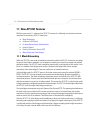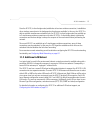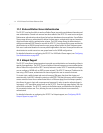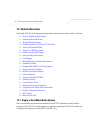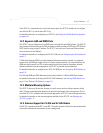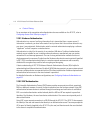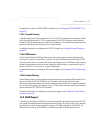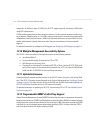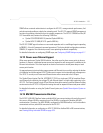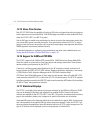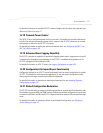
AP-5131 Access Point Product Reference Guide
1-10
• Content Filtering
For an overview on the encryption and authentication schemes available on the AP-5131, refer to
Configuring Access Point Security on page 6-1.
1.2.8.1 Kerberos Authentication
Authentication is a means of verifying information that is transmitted from a secure source. If
information is authentic, you know who created it and you know that it has not been altered in any
way since it was originated. Authentication entails a network administrator employing a software
“supplicant” on their computer or wireless device.
Authentication is critical for the security of any wireless LAN device. Traditional authentication
methods are not suitable for use in wireless networks where an unauthorized user can monitor
network traffic and intercept passwords. The use of strong authentication methods that do not
disclose passwords is necessary. Symbol uses the Kerberos authentication service protocol (specified
in RFC 1510), to authenticate users/clients in a wireless network environment and to securely
distribute the encryption keys used for both encrypting and decrypting.
A basic understanding of RFC 1510 Kerberos Network Authentication Service (V5) is helpful in
understanding how Kerberos functions. By default, WLAN devices operate in an open system network
where any wireless device can associate with an AP without authorization. Kerberos requires device
authentication before access to the wired network is permitted.
For detailed information on Kerbeors configurations, see Configuring Kerberos Authentication on
page 6-9.
1.2.8.2 EAP Authentication
The Extensible Authentication Protocol (EAP) feature provides access points and their associated
MU’s an additional measure of security for data transmitted over the wireless network. Using EAP,
authentication between devices is achieved through the exchange and verification of certificates.
EAP is a mutual authentication method whereby both the MU and AP are required to prove their
identities. Like Kerberos, the user loses device authentication if the server cannot provide proof of
device identification
Using EAP, a user requests connection to a WLAN through the AP-5131. The AP-5131 then requests
the identity of the user and transmits that identity to an authentication server. The server prompts the
AP for proof of identity (supplied to the AP-5131 by the user) and then transmits the user data back
to the server to complete the authentication.



